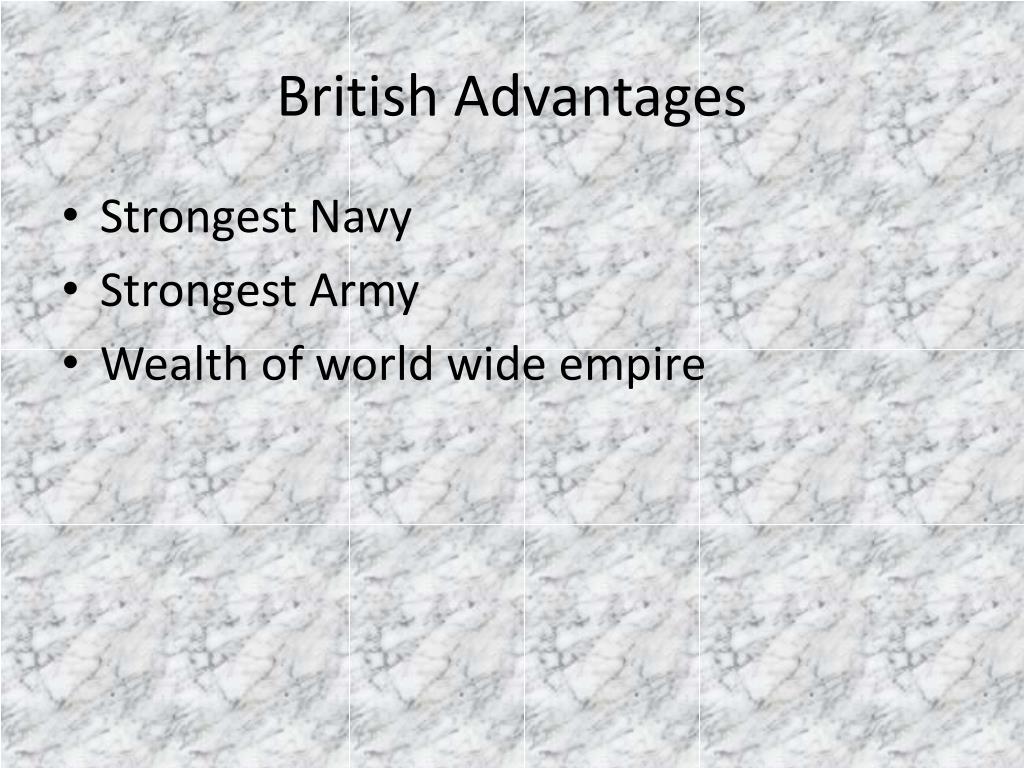
The largest country on the planet, the Soviet Union also had the largest armed forces ever assembled under one flag.

Listed below, in order of total number of persons mobilized, are the largest national forces in the war. 1įrom this mix of the global family came the biggest assortment and assembly of combatants in history. The largest ethnic group in the United States was (and still is) German. A quarter of Romania and nearly a third of Poland were of varying backgrounds. Sixteen percent of Lithuania was not Lithuanian. In a war of unbridled nationalism, most armed forces were not homogenous. Whatever the commitment level, troops universally expressed a desire to get the fighting over with as soon as possible.Įnlisted soldiers ranged in age from ten to sixty, officers from eighteen to eighty-eight. Not until the late 1930s, when an ARMS RACE accelerated rapidly, did conscription become endemic. Many never envisioned themselves ever being in the military. Most citizens in the services were not volunteers. In 2005 dollars, the conflict’s overall price tag was in the low trillions. By 1945, several belligerents were allocating 60 percent of their national budgets on the war.

Larger still was the amount of yen, pounds, rubles, marks, crowns, and francs spent to make it all happen. In 1944, the total neared one hundred million. In 1934, fewer than ten million persons worldwide were in the military.

Never before had so many served in uniform.


 0 kommentar(er)
0 kommentar(er)
